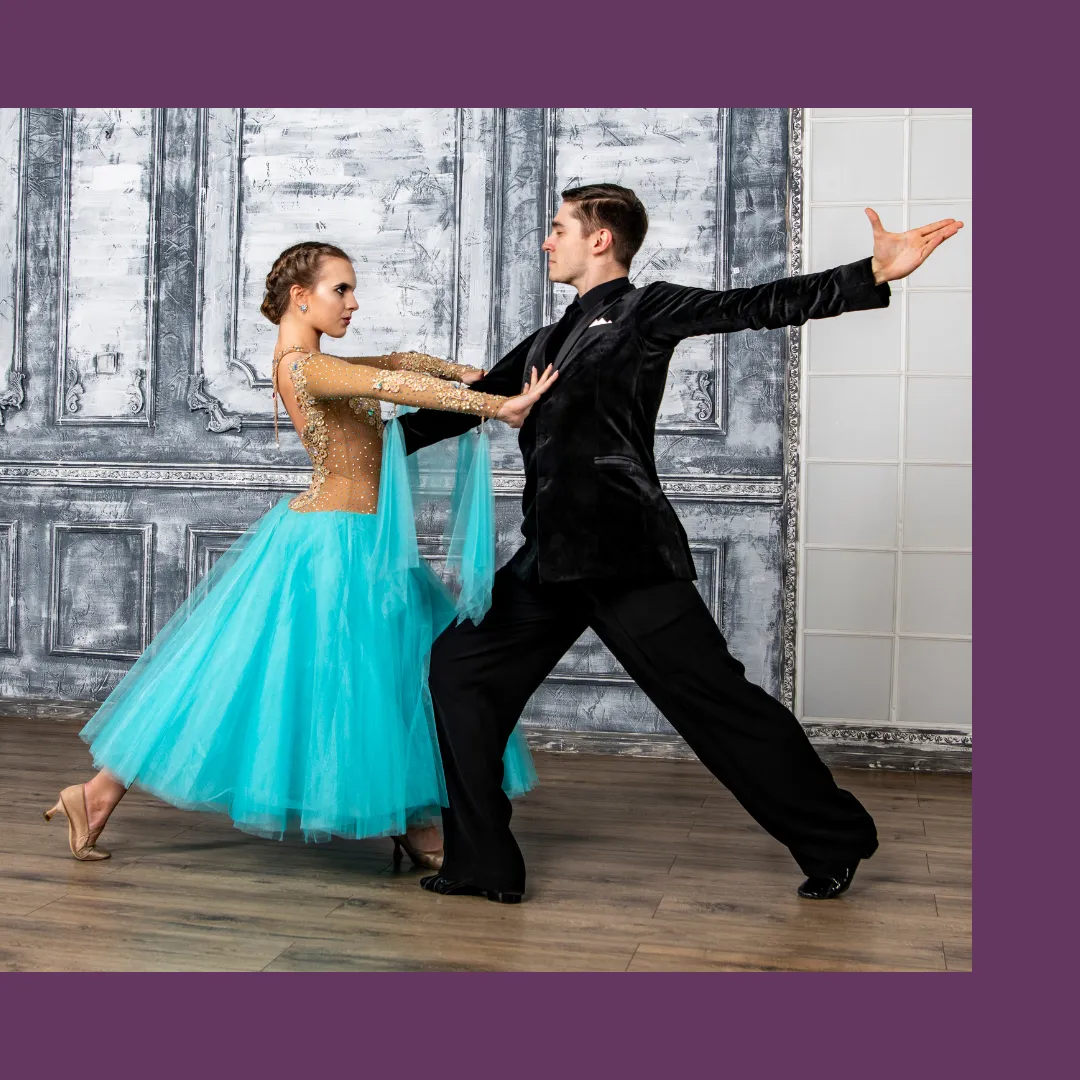Heel Pain | How Plantar Fasciitis Can Stop You From Dancing
Dancing is a fun and exhilarating form of exercise that allows individuals to express themselves and connect with others.
However, dancing can be challenging for those who suffer from plantar fasciitis and heel pain.
These conditions can make it difficult to perform various ballroom and Latin dances that require heel leads, leaving dancers frustrated and limited in their movements.
If you are struggling with plantar fasciitis and heel pain, don't let it keep you from enjoying your passion for dancing.
Find out which ballroom and Latin dances can be problematic, and share practical tips and tricks to help you manage the pain so you can dance confidently and pain-free.

Plantar fasciitis is a common foot condition that affects people who are on their feet for long hours, wear ill-fitting shoes, or have flat feet. It is characterised by inflammation and micro-tears in the plantar fascia, a thick band of tissue that runs across the bottom of the foot and connects the heel bone to the toes. The pain is usually felt in the heel, but it can also radiate to the arch and ball of the foot.
Heel pain can also be caused by other conditions such as Achilles tendonitis, and stress fractures.
However, regardless of the underlying cause, the pain can be aggravated by dancing, especially ballroom and Latin dances that involve frequent pivoting, twisting, and jumping.
If you want to continue dancing despite the pain, there are several steps you can take to manage the symptoms.
And One
It is important to wear proper footwear that provides good arch support, shock absorption, and cushioning. Avoid high heels, sandals, and flimsy shoes that offer no protection to your feet. Invest in a quality pair of dance shoes that are designed specifically for your dance discipline.
Two
Stretch and strengthen your feet regularly to improve their flexibility and mobility. Perform daily exercises that target the plantar fascia, Achilles tendon, and calf muscles, such as rolling a tennis ball under your foot, doing toe curls, and calf raises. This will help to reduce the tension on your heel and prevent further damage to the tissues.
Three
Modify your dancing style and technique to minimise the impact on your feet. For instance, avoid dances that require a lot of heel leads, such as waltz, tango, and foxtrot.
Instead, try dances that are less demanding on the feet, such as rumba, cha-cha, and salsa, which involve more hip and leg movements and less footwork.
Four
If your pain has persisted for more than three months or has not responded to conservative therapies, you may need to consult a foot specialist or podiatrist.
At Foot-Doctor we can diagnose the underlying cause of your pain and recommend appropriate treatments, such as physical therapy, orthotics, corticosteroid injections, or platelet-rich plasma (PRP) therapy.
The Foot-Doctor 12-Week Programme with PRP Injection Therapy combines minimally invasive injectable therapy with a bespoke 12-week rehabilitation programme.
PRP therapy
This involves using the patient's own blood to create a concentrated serum of growth factors and platelets that can stimulate the healing process and reduce inflammation in the affected tissues.
The injection is administered directly into the damaged area under local anaesthetic, and the whole process takes around 30-45 minutes.
The rehabilitation programme includes a personalised exercise plan, nutritional guidance, and lifestyle advice to help you recover faster and prevent future injuries.
The programme aims to address the root cause of your pain and improve your overall foot health so that you can return to dancing with renewed confidence and joy.
In Summary
Plantar fasciitis and heel pain can significantly hinder your dancing performance and enjoyment.
However, with the right care, preparation, and treatment, you can overcome the pain and continue to pursue your passion for dancing.
Remember to wear proper footwear, stretch and strengthen your feet, modify your dance style, and seek professional help if necessary. You can dance confidently and pain-free by implementing these tips and tricks into your dance routine.
To learn more about how Foot-Doctor can help, click below to take your assessment.
